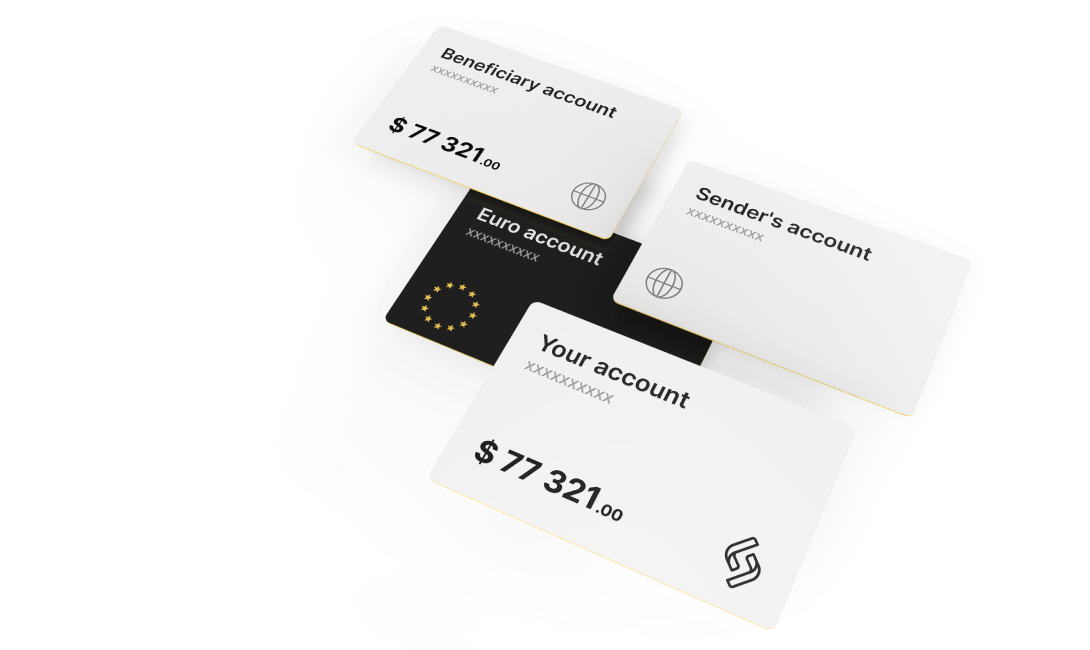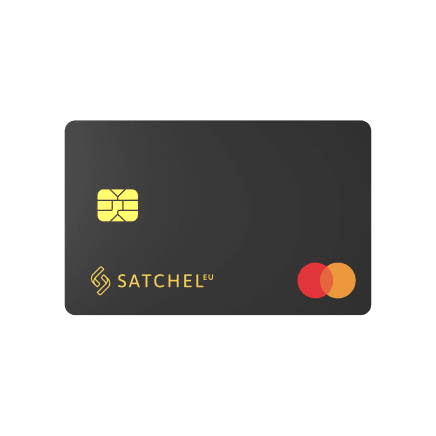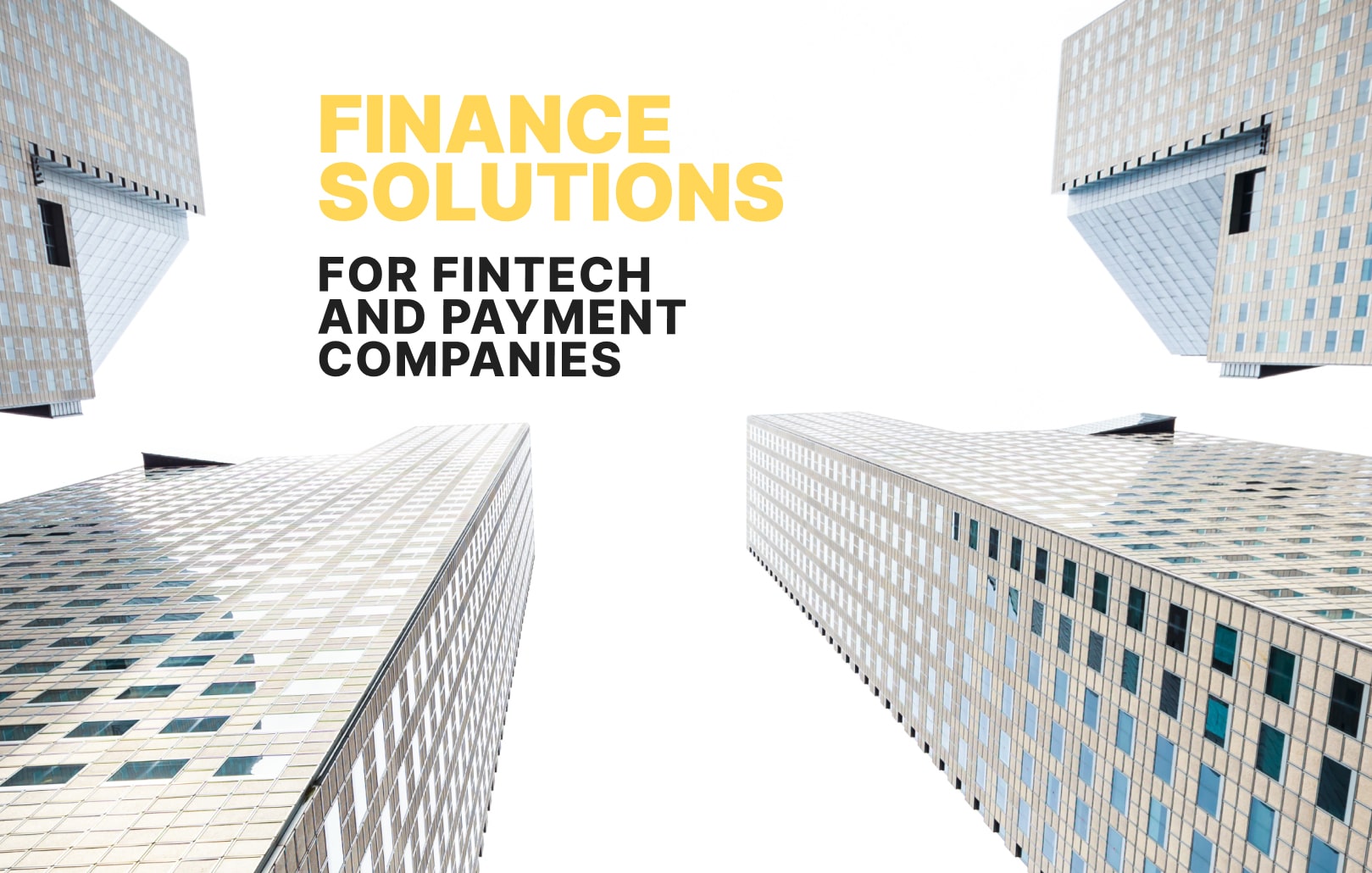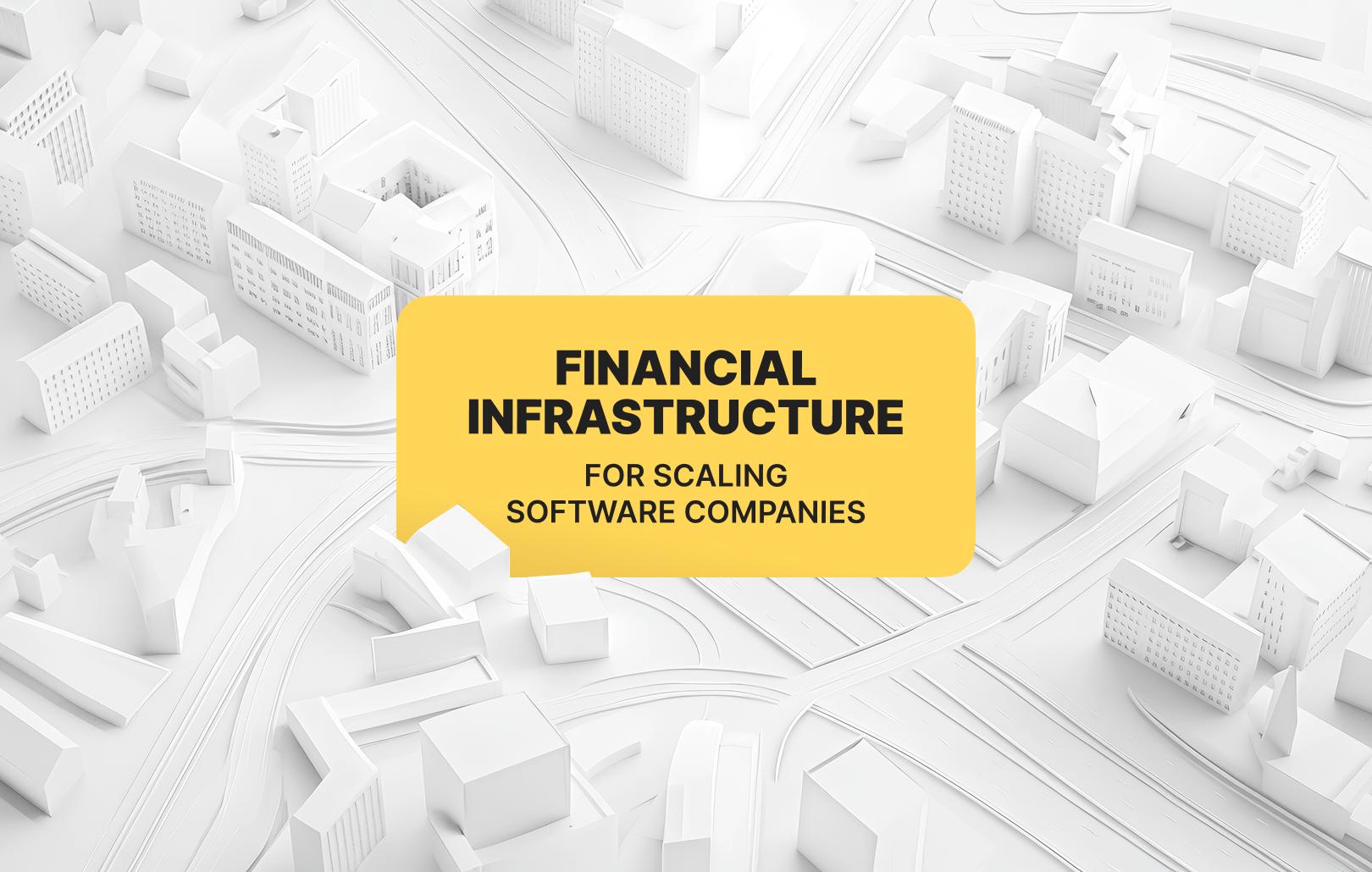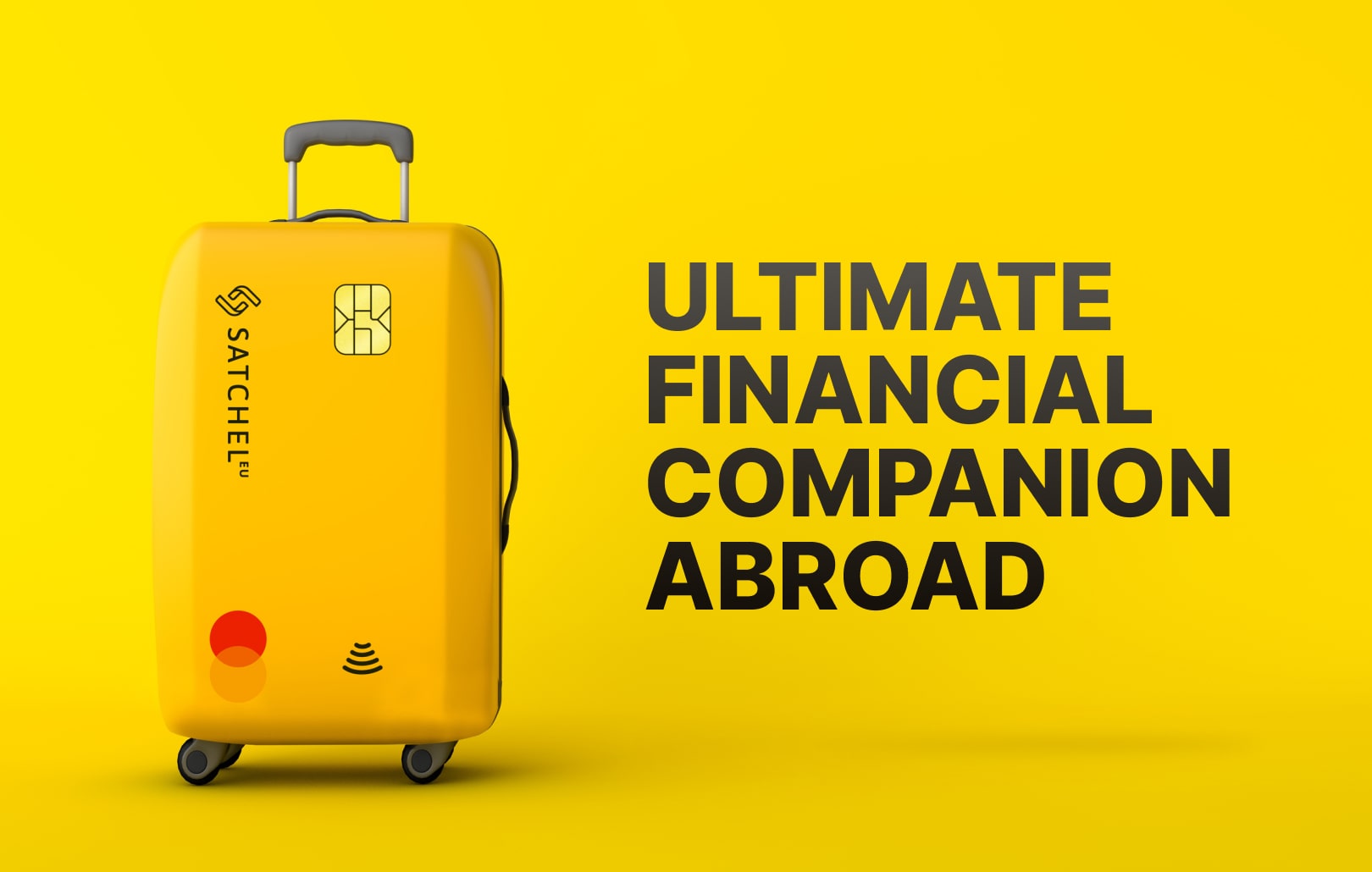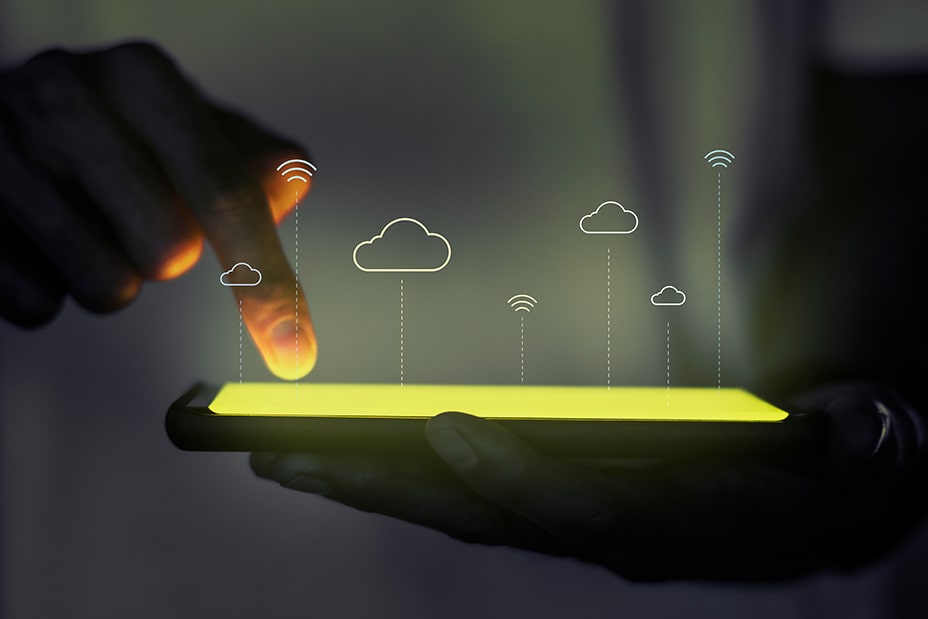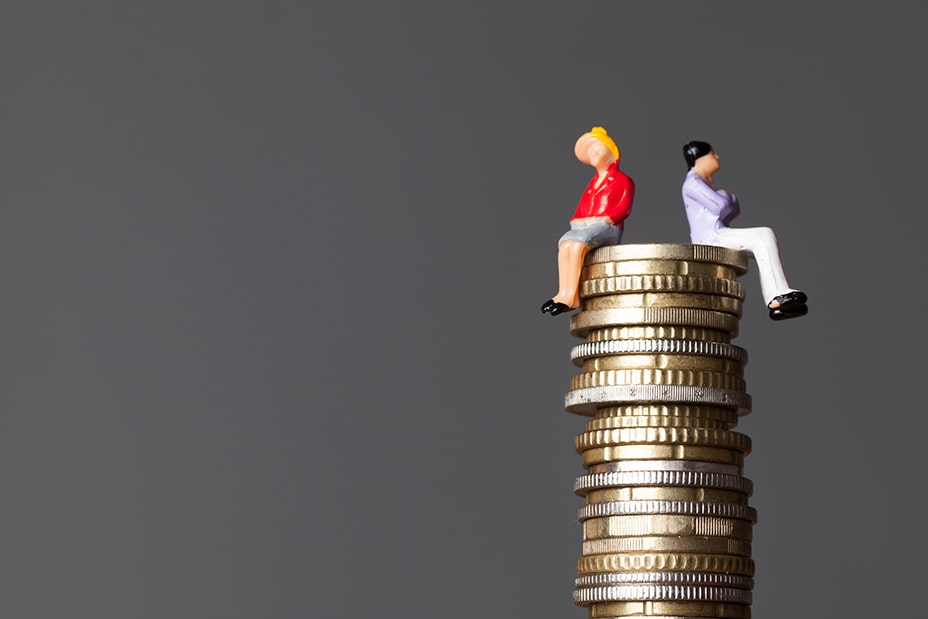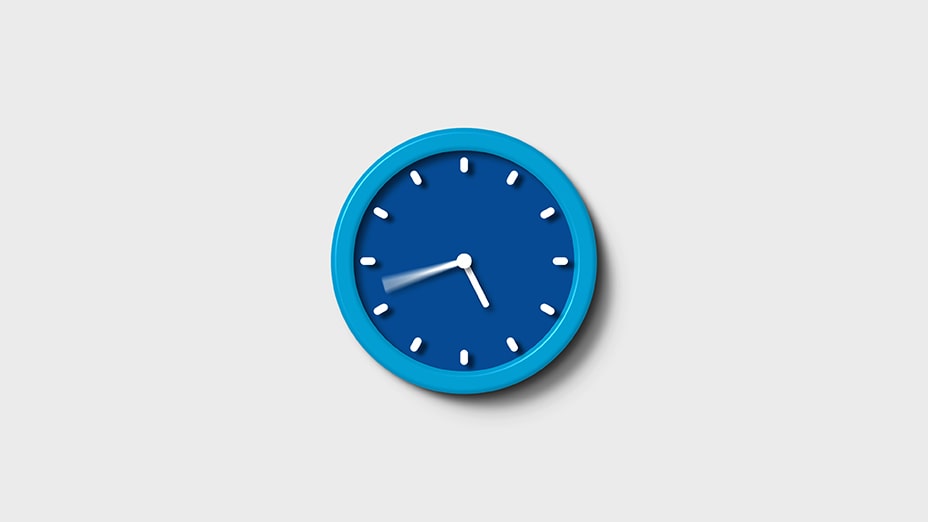What Is a Contactless Payment and How Does It Work?
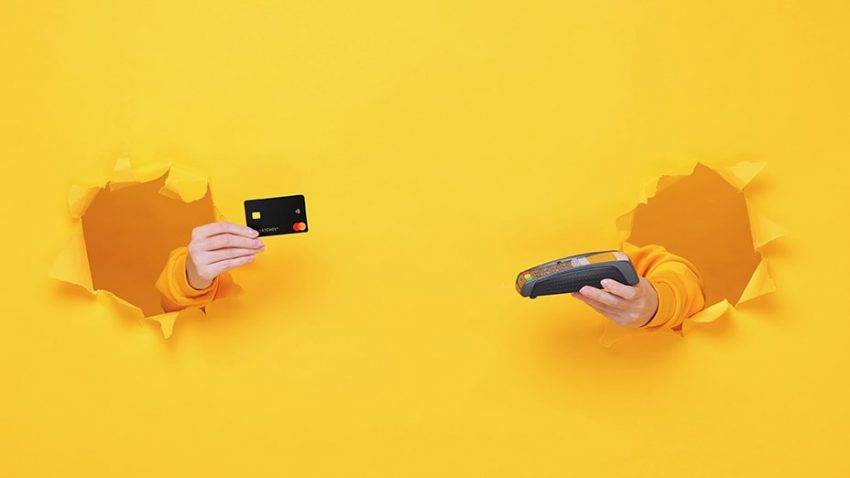
In 2021, Europe alone saw an increase in the total number of non-cash payments to 114.2 billion, which is 12.5% higher than the previous year. This tells us that it is very likely that the popularity of cash will only continue to decline as cashless transactions become a must in today’s economy. Among the preferred tools that make those operations possible is the contactless functionality, which allows users to pay for goods and services without touching the POS terminal, with a phone, watch, bracelet, or any other device that supports the feature. The first ever contactless card was a bus card created in Seoul, South Korea, back in 1995. However, the true boom didn’t happen until Barclaycard issued the first contactless bank card in 2007. This innovative technology was quickly embraced by the public thanks to fast execution time and increased card details security. In 2020, the global contactless payment market was valued at $13.23 billion but this figure is expected to quadruple over the next few years, reaching $51.07 billion by 2026.
Keep reading to find out more about contactless payments, their drawbacks, and their benefits for both individuals and businesses.
What is contactless payment?
It is a secure method that consumers can use to pay for goods and services using a debit, credit, prepaid card, or another payment device. The transactions are made possible thanks to radio frequency identification (RFID) technology and near-field communication (NFC). The mechanics of it are simple: all you need to do is tap a payment card or your device equipped with the payment feature near a POS terminal that supports contactless payments. As opposed to cash transactions, contactless payments are the definition of convenience thanks to the ease of use and speed of execution. Another reason why so many people around the world are taking advantage of this technology is the freedom that it provides: with your e-wallet always accessible from your phone, you no longer need to carry around an actual one.
Let’s take a closer look at how contactless payments work.
How do contactless payments work?
Contactless payments allow users to purchase goods and services without the need to swipe, enter the PIN code, and sign a transaction receipt. The special symbol that identifies both POS terminals and cards that support the feature resembles the WI-Fi logo turned sideways. These devices are equipped with Near-Field Communication (NFC) technology and Radio Frequency Identification (RFID) to transmit payment data between contactless cards and readers. In order to prevent accidental reading of wrong cards and devices, transaction data can be exchanged within a maximum range of about 4 cm. In recent years, smartphone developers like Apple and Google have also integrated NFC capabilities into their e-Wallets, enabling users to make seamless payments without getting their physical cards out.
Here are all the steps of a contactless payment execution:
- The card is tapped on a merchant’s terminal.
- Transaction information is transmitted to the bank electronically using data from the card’s chip.
- When a transaction is approved, the system emits a signal in the form of a sound, green light, or checkmark.
- Once approved, the transaction is complete.
Limits are still there
As in the case of other card transactions, contactless payments have limits that vary depending on your country and bank. Limits can also be set by merchants and retailers in order to prevent fraud. When large transactions take place, you might be asked to provide your signature before payment approval.
In most cases, when a contactless payment is not successful, it means that you have reached your limit and the bank has declined your payment. For additional information on limits and rejection reasons, please consult with your provider.
Advantages of contactless payments
You can benefit from contactless payment technology both as an individual and a business owner. Here are some core features that make contactless payments simple, efficient, and convenient
Simplicity and Operational Efficiency
In the modern world, where customer loyalty often depends on how fast a business is able to deliver, contactless payments offer quicker execution speed and shorter queues. Dealing with cash at the checkout or losing time on entering the PIN you have long forgotten can be annoying. Contactless payments help save time and make the shopping experience truly pleasant and seamless.
Superior security
Contactless transactions are protected with increased security as compared to other payment methods. It is virtually impossible for hackers to get their hands on your sensitive data, such as card or account information, PIN code, etc.
Better user experience
For businesses, offering the option of contactless payments facilitates an optimized and faster shopping experience. This, in turn, greatly impacts customer loyalty and retention rates.
Streamlined management
Managing the contactless feature on your smartphone allows you to add another level of authentication (e.g., biometrics), deactivate your e-Wallet’s contactless feature remotely, issue virtual cards, participate in loyalty programs, and so on. With new features continually becoming available, you can rest assured that your contactless payments will be even more simple and more efficient.
Hygiene
The pandemic has changed the perception of hygiene, causing us to look with a different perspective on items that we previously never viewed as potential health hazards. One example of such an item is a POS terminal. Numerous people used to come in contact with POS terminals on a daily basis when making a purchase. With retailers having a reputation for failing to efficiently sanitize hardware, contactless payments have solved the problem by making payments more secure, literally.
Disadvantages of contactless payments
Contactless payments offer numerous advantages, but there are also certain concerns related to this technology. Let’s look into some major challenges in the world of contactless payments.
Acceptance limits
As in the case with most novel technologies, it takes some time for them to become fully embraced by all stakeholders. In order to start accepting contactless payments, vendors need to invest in the infrastructure that enables transaction processing, which can become a cost that one is not willing to incur.
Lower transaction limits
To prevent fraud and unauthorized use, most banking institutions whose products support contactless payments will impose a maximum payment limit on those. This is done to ensure full security and prevent unpleasant experiences on the end-user’s side.
Security doubts
Transactions that are made using the contactless payment method do not require PIN authorization, raising concerns of misuse if a card, smartphone, or other contactless device is lost or stolen. However, the technology is continuously being upgraded in order to maximize the security of transactions and increase trustworthiness.
Contactless payments FAQ
How to set up contactless payment?
As soon as you receive your contactless card from your bank or financial services provider, you will need to make a first-time chip & PIN payment to activate it. As soon as that is done, the contactless feature should automatically work. If you want to set up contactless payments on your phone or another device, you will need to look into the phone provider’s instructions. For instance, if you have an iPhone, all you need to do is tie your card to your Apple Wallet and enable Tap to Pay in the settings.
What is the limit of contactless payments?
Contactless limits vary from country to country.
As of January 1, 2021, the contactless payment limit in the EU has been doubled to €50. Any transactions that exceed this limit will require a PIN. On the other hand, the limit for contactless card transactions in the USA is $200.
You can learn more about contactless limits around the world here.
How secure are contactless payments?
Thanks to the EMV chip data encryption during payment, contactless transactions are considered very secure. As opposed to magnetic stripe cards, the EMV chip generates a unique digital code for every new purchase you make. When it comes to smartphones and other NFC-enabled devices, data is also subject to encryption and the payments need to be authorized by PIN or FaceID.
Where can I use my contactless card?
Today, most retailers, such as shops, restaurants, bars, cafes, and automated services, support contactless payments. Contactless payments are also enabled for public transport ticket purchases in some countries.
What if my contactless card or device gets lost or stolen?
Your contactless card has a chip that uses a complex system of codes and electronic signatures to authorize payments, which reduces the possibility of bad actors cloning or intercepting your card. In any case, whenever your card gets lost or stolen you must always immediately block it via online banking or by calling the hotline. This measure will ensure you and your funds are fully secure.
Get a contactless card with Satchel
Satchel is a leading European EMI, with HQ in Lithuania, performing international money transfers, fintech consulting, currency exchange, BaaS, SaaS, and card services since 2018.
With Satchel, you can open a business, personal, freelancer, or merchant account remotely, providing only basic documentation. All of our accounts come equipped with numerous features, including Mastercard payment cards that support contactless technology, which will help you streamline your money management. No matter where you are located, what currencies you use, or how often you transact, Satchel will offer you a solution tailored to your needs. Here are some benefits:
- Remote account opening
- 36+ currencies supported
- SWIFT and SEPA transactions with Unique European IBAN
- Virtual or physical Mastercard cards tailored to your needs
- Security ensured by 3D Secure, 2FA and other tools & policies
- Currency exchange at the best rates
- Personalized tariff plans
- Responsive support team
